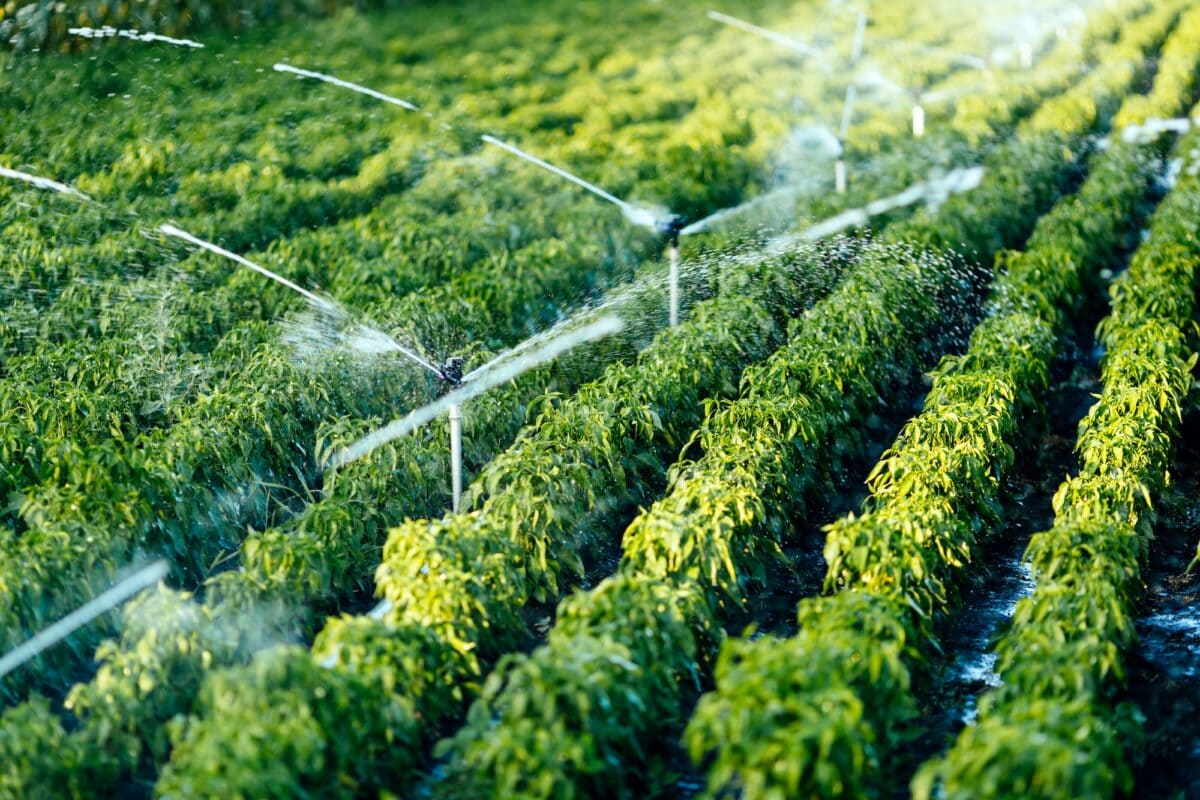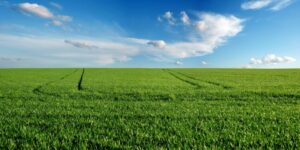-Excerpt from professional analysis report
Irrigation has been a feature of European agriculture for millenia. Especially in regions where access
to water is a decisive factor in determining crop-production capacity, rain-fed agriculture and
traditional irrigation methods have co-existed for ages. In the 20th century, water infrastructure
projects intensified irrigation systems, putting more pressure on water resources. In the years to
come, in particular in southern Europe, irrigation demand is projected to increase, while water
availability is expected to reduce, due to climate change, pollution, and water conflicts, to name just
a few reasons. In the EU, the share of the irrigated area in total agricultural area is 6 %. Spain and
Italy are the EU countries with the largest irrigated areas, volumes of irrigation water, and yearly
water consumption per unit of irrigated area. More than one in every five hectares were irrigated in
Cyprus, Italy, Greece, and Malta in 2016. At the regional level, irrigated area as a percentage of total
agricultural area was above 50 % in Madeira (Portugal) and Lombardy (Italy), and over 30 % in Malta
and in various regions of Spain, the Netherlands, Italy, and Greece, as shown on a Eurostat map on
regional differences in irrigation in 2016.
In 2010, there were very large irrigated areas of maize in France (about 750 000 hectares) and Italy (over 500 000 hectares), and of olives in Spain (480 000 hectares, most of which in Andalusia, in the south of the country). Further examples of crops with large irrigated areas were rice in Italy, cereals (other than maize and rice) in Spain and France, grasslands in Spain and Italy, fruit farms (including berry and citrus) and vineyards in Spain, and other crops planted on arable land in Greece and Spain. The share of irrigated areas in total EU agricultural area decreased by 6.1 % between 2005 and 2016.
Despite this general decrease, the trend is very diverse at the regional level. The regions with the highest shares of irrigated land generally showed either a lower decrease between 2005 and 2016, with the exception of Lombardy (11 %), or even an increase, such as some regions of the Netherlands (50 %) and Malta (30 %).
Although irrigation needs are higher in the Mediterranean region, northern and eastern European countries have had to take emergency measures due to long periods of drought in recent years and the EU’s agricultural funds have provided a safety net in several EU Member States during recent droughts. Even in regions with a humid climate, supplemental irrigation serves as a tool to address the risks and constraints in water resource availability. So, irrigation infrastructure is present across the EU, ready to be used in case of increased water demand.
Statistics on irrigable land (i.e. land equipped with irrigation systems that have not been used over a recent reference period) show that 29 % of agricultural area was irrigable in the Netherlands in 2016. Flevoland (the Netherlands) and Emilia-Romagna (Italy) were among the regions with the highest shares – an average of 60 % of their agricultural area. Over a longer period (1995 to 2016), shares of irrigable area have significantly increased in Spain, Italy and the Netherlands, and decreased in Denmark, Greece and Portugal.






